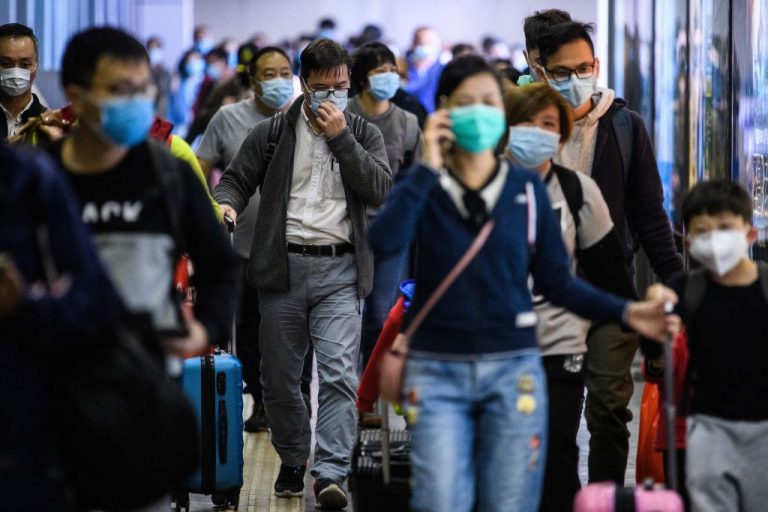As China continues to tackle new COVID-19 cases within its border, Shenzhen is feeling the pressure to contain its newest outbreak fueled by a new Omicron sub-variant.
In an effort to curb the chain of transmission, Shenzhen has placed cross-border drivers under enhanced scrutiny and ordered certain residential areas into lockdown. One of China’s most affluent cities, the metropolis is home to nearly 18 million residents and is a vital shipping port as it connects China to neighboring Hong Kong.
Starting Tuesday (March 1), drivers entering the city are told they must show a negative nucleic acid test result from within the previous 24 hours and undergo two further tests upon entering.
Drivers testing positive at the border will not be allowed to enter for 21 days. Those allowed in will be restricted to a “closed loop” and not permitted to enter any communities or public places in the city.
Shenzhen resident: It feels a ‘bit scary’
Last week, Shenzhen announced it had punished 882 truck drivers who violated the government’s COVID rules by either suspending their exemptions from entry quarantine for 60 days or permanently canceling them.
In addition, authorities in Shenzhen have begun launching blanket searches in areas where travelers from Hong Kong are known to congregate in an effort to halt the spread of the virus.
Success
You are now signed up for our newsletter
Success
Check your email to complete sign up
A resident surnamed Liu (pseudonym) who spoke under the condition of anonymity, said he had been locked down at home since Feb. 22 after a positive case in his neighborhood was detected.
The entire area is locked down with food and other living necessities delivered by community staff and residents are only allowed to leave their homes to pick up deliveries or undergo testing, Liu said. He believes that up to 50,000 people have been affected by the city’s control measures.
In recent days, epidemic measures appear to have tightened further with community staff “visiting residents door-to-door every day to check how many people are inside,” and making sure the numbers stay the same. Starting this week, staff also came to his door to conduct tests.
“The outbreak is raging [here],” Liu, who lives in the Shatou residential area in Shenzhen’s Futian district, said. “It feels a bit scary.”
China’s stringent ‘Zero-COVID’ policies
In its drive to completely eradicate the pandemic from China, the Chinese Communist Party (CCP) placed the northwestern city of Xi’an, home to roughly 13 million, into a strict lockdown lasting over three weeks.
The lockdown was imposed after the discovery of a COVID-19 cluster that grew to over 1,800 cases – China’s largest local outbreak since the pandemic began in Wuhan in early 2020.
Residents in Xi’an took to social media to voice complaints about brutal or extreme treatment by local officials or hospital staff after being barricaded inside their homes for weeks on end and facing dwindling supplies of food and essentials. Some residents even reported loved ones dying after being denied medical attention due to the country’s strict COVID measures.
Although the pandemic has claimed millions of lives worldwide and caused catastrophic economic losses for some countries, Chinese authorities claim slightly over 101,000 infections and less than 5,000 deaths nationwide — hailing its “zero COVID” policies as instrumental.
Despite this claim, there has been considerable doubt cast over the veracity of these figures as well as the effectiveness of Beijing’s heavy-handed lockdown policies. These policies have included disinfection theatrics, draconian lockdowns, mass testing and travel restrictions to sustain China’s illusion of curbing the pandemic’s spread, oftentimes resulting in tragedy or violence.














